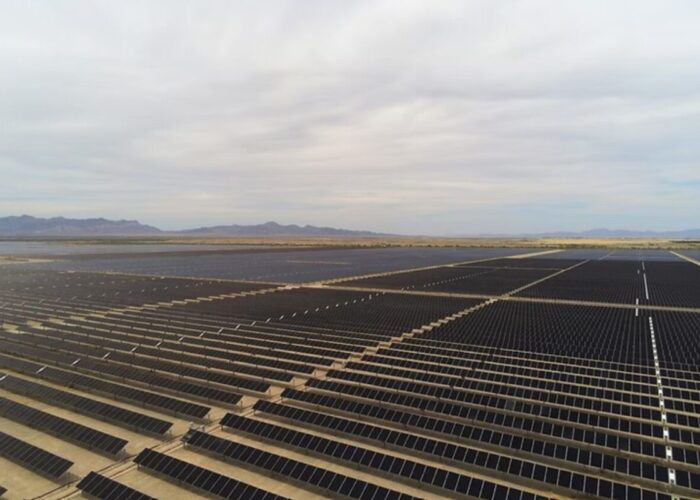The
National Research Council of Canada (NRC), among other governmental
bodies, has selected two nanotech-related research projects
specifically targeting improvements in photovoltaics that are designed
to speed up the technology development for commercialization.
Of the five winning research teams, two are solar photovoltaic-related. One will create solar cells that incorporate ‘quantum dots’ on crystalline semiconductor surfaces, while the other is intending to enhance solar cell efficiency through novel polymeric nano-composite semiconductor materials.
Try Premium for just $1
- Full premium access for the first month at only $1
- Converts to an annual rate after 30 days unless cancelled
- Cancel anytime during the trial period
Premium Benefits
- Expert industry analysis and interviews
- Digital access to PV Tech Power journal
- Exclusive event discounts
Or get the full Premium subscription right away
Or continue reading this article for free
A team of researchers from the Universite de Sherbrooke and the University of Ottawa will work with scientists and engineers from the NRC Institute for Microstructural Sciences (NRC-IMS) and the NRC Institute for Research in Construction (NRC-IRC) in Ottawa under the SUNRISE (Semiconductors Using Nanostructures for Record Increases in Solar-Cell Efficiency) project.
The research is to optimize a design for solar cells using quantum dots on crystalline semiconductor surfaces for concentrator PV use that aims to boost solar intensity by a fator of up to 500, and measure the performance of the integrated assembly in real-world conditions.
Another team from the Universite de Laval, Queen’s University, the University of Toronto and Simon Fraser University will work with scientists and engineers from the NRC Institute for Microstructural Sciences (NRC-IMS), the NRC Institute for Chemical Process and Environmental Technology (NRC-ICPET) and the NRC Steacie Institute for Molecular Sciences (NRC-SIMS) in Ottawa, to improve the conversion efficiency of organic material-based solar cells. Significant research will be undertaken in materials development to help to overcome critical issues related to the required properties of organic semiconductor materials.
Each project will receive approximately $3 million.






